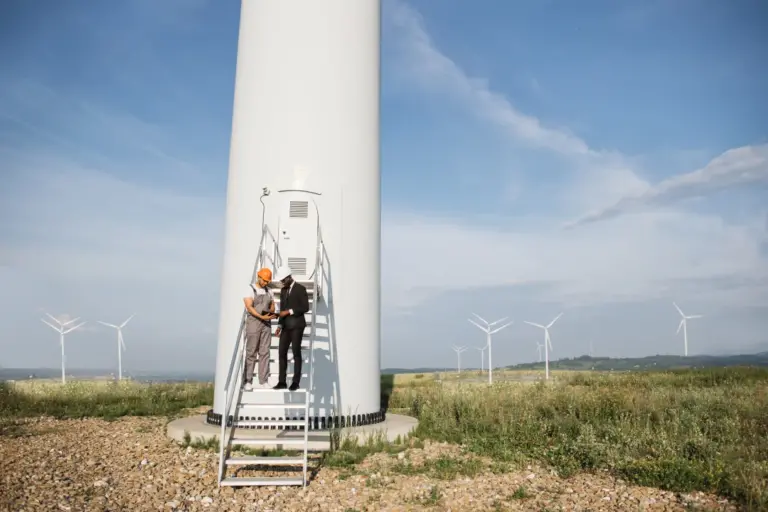Table of Contents
Introduction

The oil and gas industry is undergoing a transformative period, marked by a significant shift towards decarbonization and energy transition. As the world grapples with the impacts of climate change, there is growing pressure on the industry to reduce its carbon footprint and invest in sustainable energy solutions. This blog delves into how the sector is adapting to these changes, the key strategies being implemented, and the future outlook for energy transition.

The Imperative of Decarbonization
Decarbonization refers to the process of reducing carbon dioxide (CO2) emissions, which are primarily responsible for global warming. For the oil and gas industry, this means not only reducing emissions from their own operations but also transforming the way energy is produced and consumed. Companies are increasingly investing in technologies like carbon capture and storage (CCS), which allows for the capture of CO2 emissions from industrial processes before they enter the atmosphere.
Key Strategies for Decarbonization
Carbon Capture and Storage (CCS):
Technologies that capture and store CO2 emissions underground are becoming essential tools for oil and gas companies. This method is critical for mitigating the environmental impact of ongoing fossil fuel usage.Investing in Renewable Energy:
Many industry leaders are expanding their portfolios to include renewable energy sources such as wind, solar, and biofuels. This diversification is vital for reducing reliance on traditional fossil fuels.- Electrification of Oilfield Operations: Electrifying oilfield operations is another strategy gaining traction. By replacing diesel-powered equipment with electric alternatives, companies can significantly reduce greenhouse gas emissions.
Energy Efficiency Improvements:
Implementing energy-efficient technologies and practices is a cost-effective way to lower emissions. This includes optimizing drilling operations, enhancing energy management systems, and utilizing AI for predictive maintenance.Digital Transformation:
The integration of digital technologies like AI, IoT, and advanced analytics enables more efficient monitoring and management of emissions, helping companies to identify and address sources of inefficiency.

The Path to Energy Transition
Energy transition involves a fundamental shift from fossil fuels to low-carbon and renewable energy sources. This transition is driven by global efforts to meet climate targets, such as those set by the Paris Agreement, which aims to limit global temperature rise to below 2 degrees Celsius.
Emerging Trends in Energy Transition
Hydrogen Economy:
Hydrogen, particularly green hydrogen produced using renewable energy, is emerging as a key component of the energy transition. It offers a clean alternative for sectors that are difficult to electrify, such as heavy industry and transportation.
Biofuels:
Biofuels are becoming a popular alternative to conventional fossil fuels, especially in transportation. They are produced from renewable resources like plant materials and waste, offering a lower carbon footprint.Energy Storage Solutions:
As the share of renewable energy in the grid increases, there is a growing need for advanced energy storage solutions. These technologies ensure a stable energy supply by storing excess energy generated during peak production times.Circular Economy Models:
The adoption of circular economy principles, such as recycling waste into energy or raw materials, is also playing a crucial role in the energy transition.

The Path to Energy Transition
The transition to a low-carbon future presents both challenges and opportunities for the oil and gas industry. Companies must navigate regulatory pressures, market dynamics, and technological advancements while ensuring financial viability. However, those that successfully embrace decarbonization and energy transition stand to benefit from new revenue streams, enhanced reputations, and long-term sustainability.
Conclusion
Decarbonization and energy transition are not just buzzwords; they are the future of the oil and gas industry. By adopting innovative strategies and investing in sustainable technologies, the sector can play a pivotal role in addressing climate change while securing its own future in a rapidly evolving energy landscape.
Share ON:




Emerging Markets for Oilfield Supply Centres

Piping Accessories in the Oil and Gas Industry




